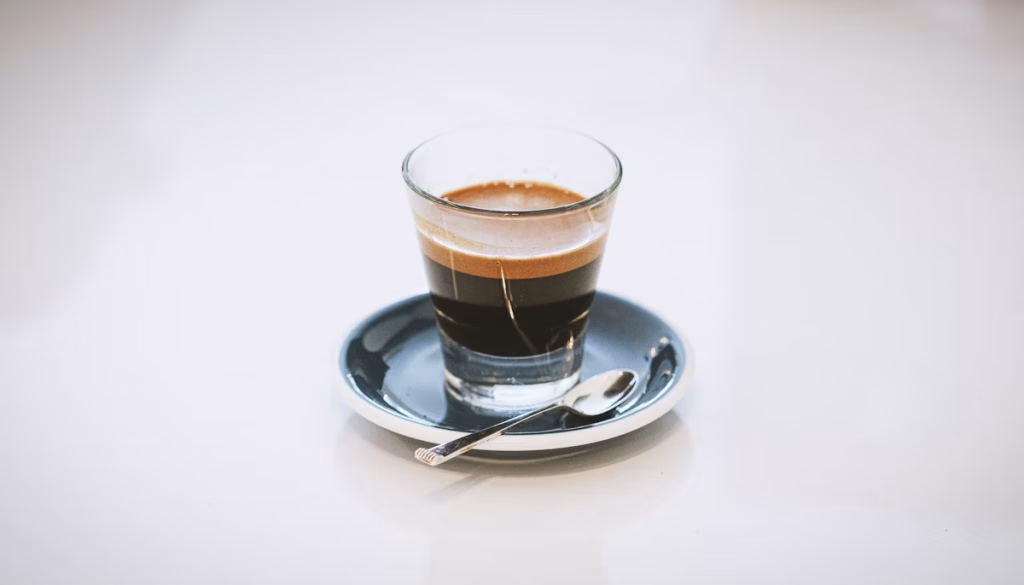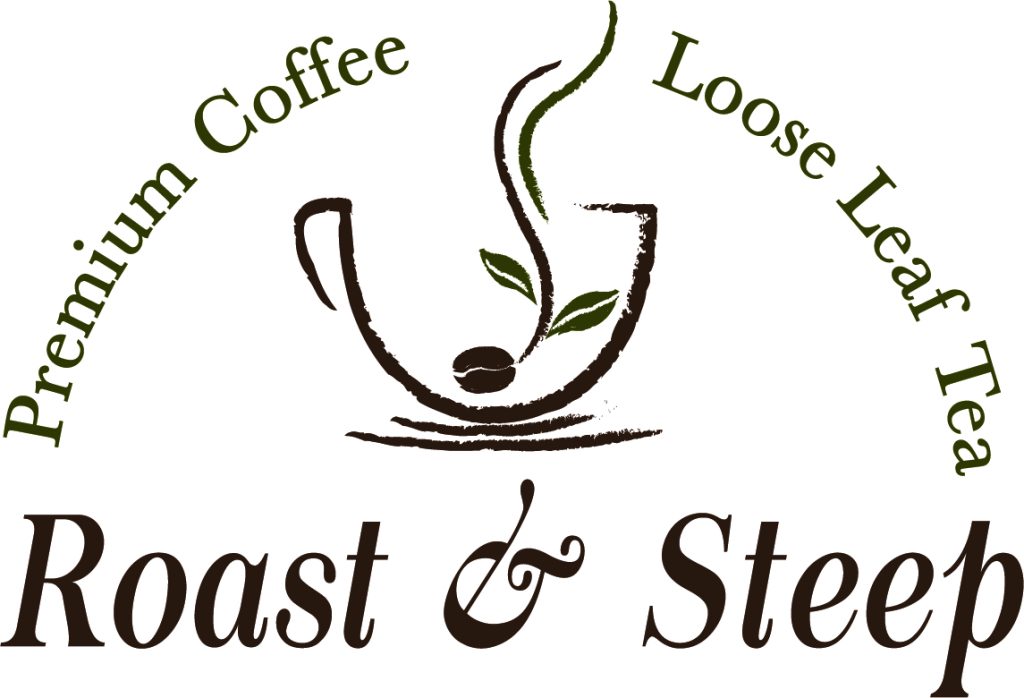The Perfect Grind: Coffee Grinding Techniques

The grind is one of the most crucial factors in brewing exceptional coffee. Understanding how grind size affects extraction will transform your daily cup and help you unlock the full potential of your beans.
Why Grind Size Matters
Grind size determines how quickly water extracts flavors from coffee. The surface area of ground coffee exposed to water directly impacts extraction speed and the final taste of your brew.
The Extraction Process
- Acids extract first (bright, sour notes)
- Sugars extract second (sweet, balanced flavors)
- Bitter compounds extract last (astringent, harsh notes)
Grind Size Guide
Extra Coarse (like sea salt)
Best for: Cold brew, French press (extended steeping)
Large particles allow slow, gentle extraction over long periods without over-extraction.
Coarse (like kosher salt)
Best for: French press, percolator, cold brew
Perfect for immersion methods where coffee steeps for 4+ minutes.
Medium-Coarse (like coarse sand)
Best for: Chemex, clever dripper
Ideal for pour-over methods with thicker filters that slow water flow.
Medium (like table salt)
Best for: Drip coffee makers, pour-over (V60, Kalita)
The most versatile grind size, suitable for most automatic drip machines.
Medium-Fine (like fine sand)
Best for: Pour-over, AeroPress, siphon
Allows for controlled extraction in manual brewing methods.
Fine (like powdered sugar)
Best for: Espresso, moka pot, AeroPress (short brew time)
Quick extraction for pressurized brewing methods.
Extra Fine (like flour)
Best for: Turkish coffee, ibrik
Finest grind for traditional Middle Eastern brewing methods.
Types of Coffee Grinders
Blade Grinders
Pros: Affordable, compact, widely available
Cons: Inconsistent particle size, heat buildup, difficult to control
Best for: Casual coffee drinkers, coarse grinds only
Burr Grinders
Pros: Consistent particle size, adjustable settings, minimal heat
Cons: More expensive, larger size
Best for: Serious coffee enthusiasts, all brewing methods
Flat Burr vs. Conical Burr
- Flat burrs: More uniform particles, better for espresso
- Conical burrs: Less heat, better particle distribution for pour-over
Grinding Techniques
Grind Fresh
Always grind just before brewing. Ground coffee loses flavor compounds rapidly due to increased surface area exposure to air.
Consistent Technique
Use the same amount of beans, grinder settings, and grinding time for reproducible results.
Clean Your Grinder
Oil buildup affects flavor. Clean burrs weekly and replace them when worn.
Dialing In Your Grind
Start with Recommended Settings
Use the grind size guide as a starting point for your brewing method.
Taste and Adjust
- Too sour/weak: Grind finer for more extraction
- Too bitter/strong: Grind coarser for less extraction
- Uneven flavors: Check grinder calibration
Keep Notes
Record grind settings, bean types, and results to build your personal brewing database.
Common Grinding Mistakes
Grinding Too Much at Once
Only grind what you’ll use immediately. Pre-ground coffee stales quickly.
Ignoring Grinder Maintenance
Dirty or worn burrs produce inconsistent results and off-flavors.
Using Wrong Grind for Brewing Method
Match grind size to brewing time and method for optimal extraction.
Overlooking Bean Density
Different origins and roast levels may require slight grind adjustments.
Advanced Tips
Static Reduction
Lightly dampen beans before grinding to reduce static and improve particle distribution.
Stepless vs. Stepped Grinders
Stepless grinders offer infinite adjustment, while stepped grinders provide repeatable settings.
Single-Dosing
Weigh beans before grinding for consistency and to prevent waste.
Mastering the grind is essential for coffee excellence. Invest in a quality burr grinder, understand how grind size affects extraction, and experiment with different settings to find your perfect cup.
